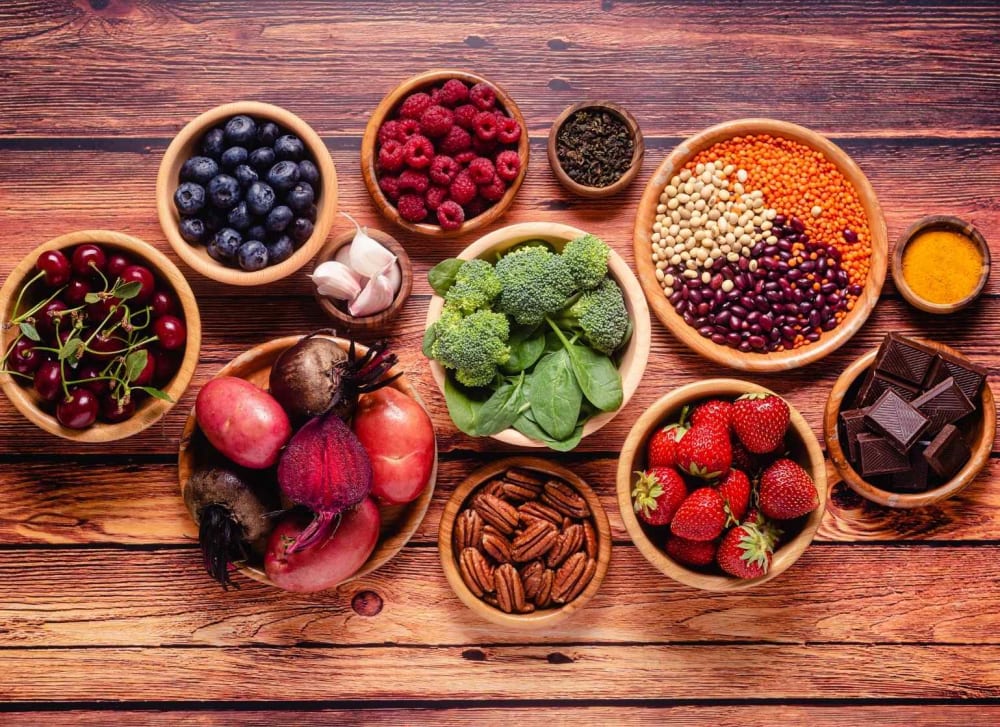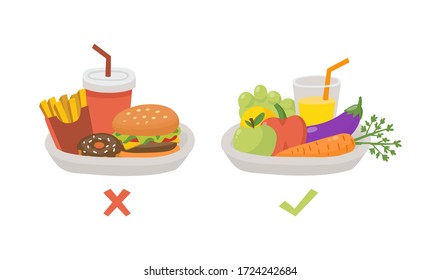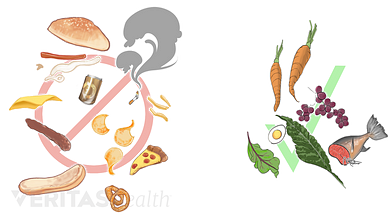
While outbreaks of foodborne illness are almost always preventable, there are some ways you can minimize the risk. It is possible to reduce the risk by practicing good hygiene. For example, wash your hands before you touch any food. This will help prevent pathogens from spreading to other foods. Use soap and water to wash your hands for 20 secs. Check to ensure that the food you are eating is cooked properly if you are dining out. You can throw out any uncooked food if you aren't sure.
Be aware of what you're eating and how you keep it clean. Food poisoning can occur when you eat raw meat, poultry or eggs. These products should be avoided in order to avoid food poisoning. Before you use fruits or vegetables, be sure to wash them thoroughly. Depending on where you live, you might be eligible to have a virtual doctor visit free of charge within fifteen minutes after eating.
Make sure you wash your hands after eating. Also, pay attention to the temperature. Raw meat, fish, and poultry can contain harmful bacteria and toxins. To kill harmful pathogens, ensure that all dishes are thoroughly cooked. If in doubt, request a replacement plate. You should wash your hands well before you prepare food in restaurants. Make sure to keep perishable food refrigerated immediately. If you're unsure what symptoms to look for, go to your emergency department or urgent care center.

It is important to wash your hands and not touch food. Many bacteria and viruses can be introduced to food through the manufacturing process. These bacteria may originate in farms or kitchens where the foods are grown. These germs can also be spread by touching food. Even the freshest foods can be contaminated. This is why it is so important to be aware of these issues and follow proper hygiene practices. This can help you avoid contracting food poisoning.
Food poisoning symptoms range from mild to very severe. Either symptoms will appear as soon as you eat contaminated food or it may take several hours for them to manifest. Also, it is important to wash your hands when handling raw meat. It's best to avoid placing raw meat on the counter or in sinks. This can increase the likelihood of you getting food poisoning from the bacteria. If you have eaten the food already, you are still at risk of getting it from someone else.
Washing your hands well is the best way to prevent food poisoning. In addition to washing your hands thoroughly, you should always keep food away from raw meats and dairy products. It is important to not touch food that has been cooking for a while. When you prepare meat, bacteria can survive longer on your hands. It's important to wash your hands thoroughly before you consume it.
Cooked food should be refrigerated or frozen. Washing fruits and vegetables properly is a must. If you're cooking, you should wash fruits and vegetables properly. These foods could contain bacteria. It is important to wash these foods before cooking. Use a paper towel, or cloth to prepare them. A kitchen mat is a great place to store your food.

Eat out often to reduce your risk of food poisoning. Choose a reputable restaurant for a delicious steak. Do not prepare your own food if cooking at home. Your food may not be safe. Additionally, make sure to inspect for signs of bacterial contamination as well as cook the food properly.
Food poisoning symptoms can include diarrhea, abdominal cramps and vomiting. These symptoms may be present several hours after eating. However, they will usually go away on their own. If you've had any recent travel, make sure you pack your food in a cooler or insulated plastic bag. When you're traveling by car, make sure you're in an air-conditioned vehicle. If you're on a budget, take along some water. It will keep your body hydrated and help prevent salmonella.
FAQ
How to measure bodyfat?
A Body Fat Analyzer (BFA) is the best method to measure bodyfat. These devices are used to determine the percentage of bodyfat in people who desire to lose weight.
Are there 5 ways to have a healthy lifestyle?
Healthy living means eating right, exercising regularly and getting enough sleep. It also involves managing stress and having fun. Eating well means avoiding processed foods, sugar, and unhealthy fats. Exercise can help you burn calories and strengthen your muscles. Getting enough sleep improves memory and concentration. Stress management is a way to reduce anxiety levels and depression. Fun is key to staying young and vibrant.
What are the 10 most delicious foods?
These are the top 10 foods to eat.
-
Avocados
-
Berries
-
Broccoli
-
Cauliflower
-
Eggs
-
Fish
-
Grains
-
Nuts
-
Oats
-
Salmon
Statistics
- In both adults and children, the intake of free sugars should be reduced to less than 10% of total energy intake. (who.int)
- WHO recommends consuming less than 5% of total energy intake for additional health benefits. (who.int)
- This article received 11 testimonials and 86% of readers who voted found it helpful, earning it our reader-approved status. (wikihow.com)
- nutrients.[17]X Research sourceWhole grains to try include: 100% whole wheat pasta and bread, brown rice, whole grain oats, farro, millet, quinoa, and barley. (wikihow.com)
External Links
How To
What does the "vitamins” word mean?
Vitamins can be described as organic compounds found in food. Vitamins help us absorb nutrients from foods we eat. Vitamins are not made by the body, so they must be obtained through food.
There are two types vitamins: water soluble or fat soluble. Water-soluble vitamins dissolve easily when they are dissolved in water. Examples include vitamin C,B1 (thiamine), B2 (riboflavin), B3 (niacin), B6 (pyridoxine), folic acid, biotin, pantothenic acid, and choline. Fat-soluble vitamins are stored in the liver, fatty tissue and kidneys. These include vitamin D, E and K, as well as beta carotene.
Vitamins can be classified according to biological activity. There are eight main groups of vitamins.
-
A - vital for healthy growth.
-
C - vital for proper nerve function, and energy production.
-
D - necessary for healthy bones and teeth.
-
E - Required for good vision & reproduction
-
K - required for healthy muscles and nerves.
-
P - vital for building strong bones andteeth.
-
Q - aids digestion, absorption and absorption iron
-
R - Required for red blood cell production
The recommended daily allowance (RDA), for vitamins, varies depending upon age, gender, or physical condition. The U.S. Food and Drug Administration (FDA) sets the RDA values.
For adults over 19 years, the RDA is 400 mg per day for vitamin A. However, pregnant women need 600 micrograms per day because it is important for fetal development. Children ages 1-8 require 900 micrograms per day. Infants below one year old require 700mg per day. But, between 9 months to 12 months, the amount drops to 500mg per day.
Children aged between 1-18 years require 800 micrograms of sugar per day, while overweight children need 1000 micrograms. Children who are underweight receive 1200 micrograms every day to meet their nutritional requirements.
Children 4-8 years old who have anemia must consume 2200 micrograms of Vitamin C daily.
2000 micrograms are required daily for good health in adults over 50. Breastfeeding or pregnant women require 3000 micrograms per daily due to higher nutrient demands.
Adults over 70 require 1500 micrograms each day, since they lose around 10% of their muscle mass every decade.
Women who are pregnant or nursing need more than the RDA. Pregnant mothers need 4000 micrograms per daily during pregnancy and 2500 after giving birth. Breastfeeding moms need 5000 micrograms each day when breastmilk production occurs.